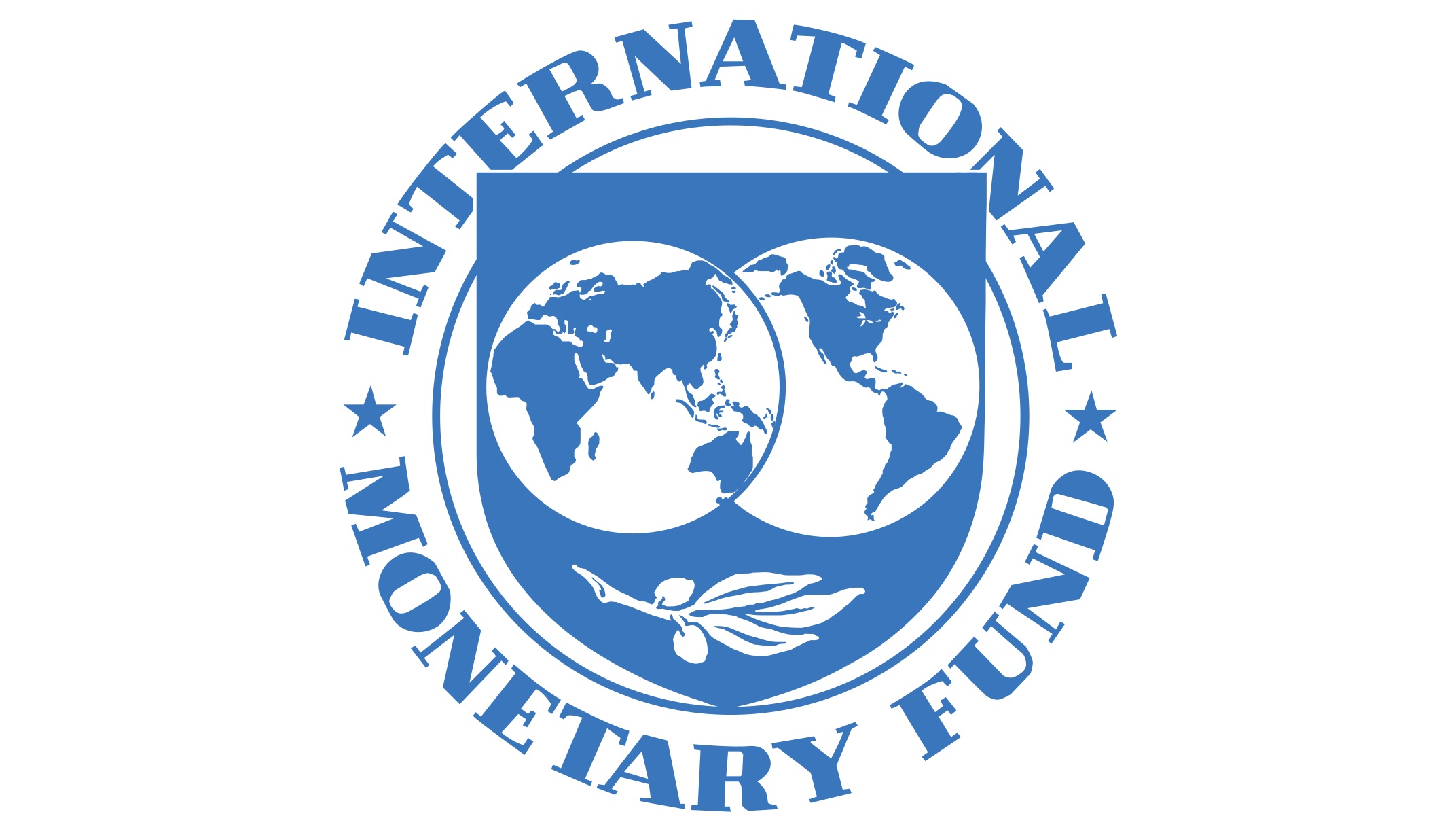The International Monetary Fund (IMF) has announced that it is reducing the costs for countries that borrow money from it by up to 36%.
In a statement from the global lender on the review of the charge and surcharge policy, the fund noted the challenging global environment coupled with high interest rates necessitated the reduction.
According to the statement, changes were made to how much they charge on loans, which will lower the borrowing cost by 36%, saving countries about $1.2 billion each year.
This reduction will mainly affect fewer countries, from 20 currently to 13 by 2026.
- Reverse petrol price hike pending court verdict, SERAP tells Tinubu
- Mr President: Affordable fuel is possible at zero subsidy
The fund noted that the changes include reducing extra charges on loans and raising the threshold for when these charges apply.
However, some charges will remain to ensure that the IMF has enough money to help countries in need and manage risks.
The goal is to provide affordable loans to member countries while ensuring the IMF stays financially strong. These changes will start on November 1, 2024.
The Managing Director of the IMF, Ms Kristalina Georgieva, said of the review, “In a challenging global environment and at a time of high interest rates, our membership has reached consensus on a comprehensive package that substantially reduces the cost of borrowing while safeguarding the IMF’s financial capacity to support countries in need.
“The approved measures will lower IMF borrowing costs for members by 36 per cent, or about US$1.2 billion annually. The expected number of countries subject to surcharges in fiscal year 2026 will fall from 20 to 13.
“This is achieved by reducing the margin over the SDR interest rate, raising the threshold for level-based surcharges, lowering the rate for time-based surcharges, and increasing the thresholds for commitment fees. The approved package will take effect on November 1, 2024.”

 Join Daily Trust WhatsApp Community For Quick Access To News and Happenings Around You.
Join Daily Trust WhatsApp Community For Quick Access To News and Happenings Around You.


